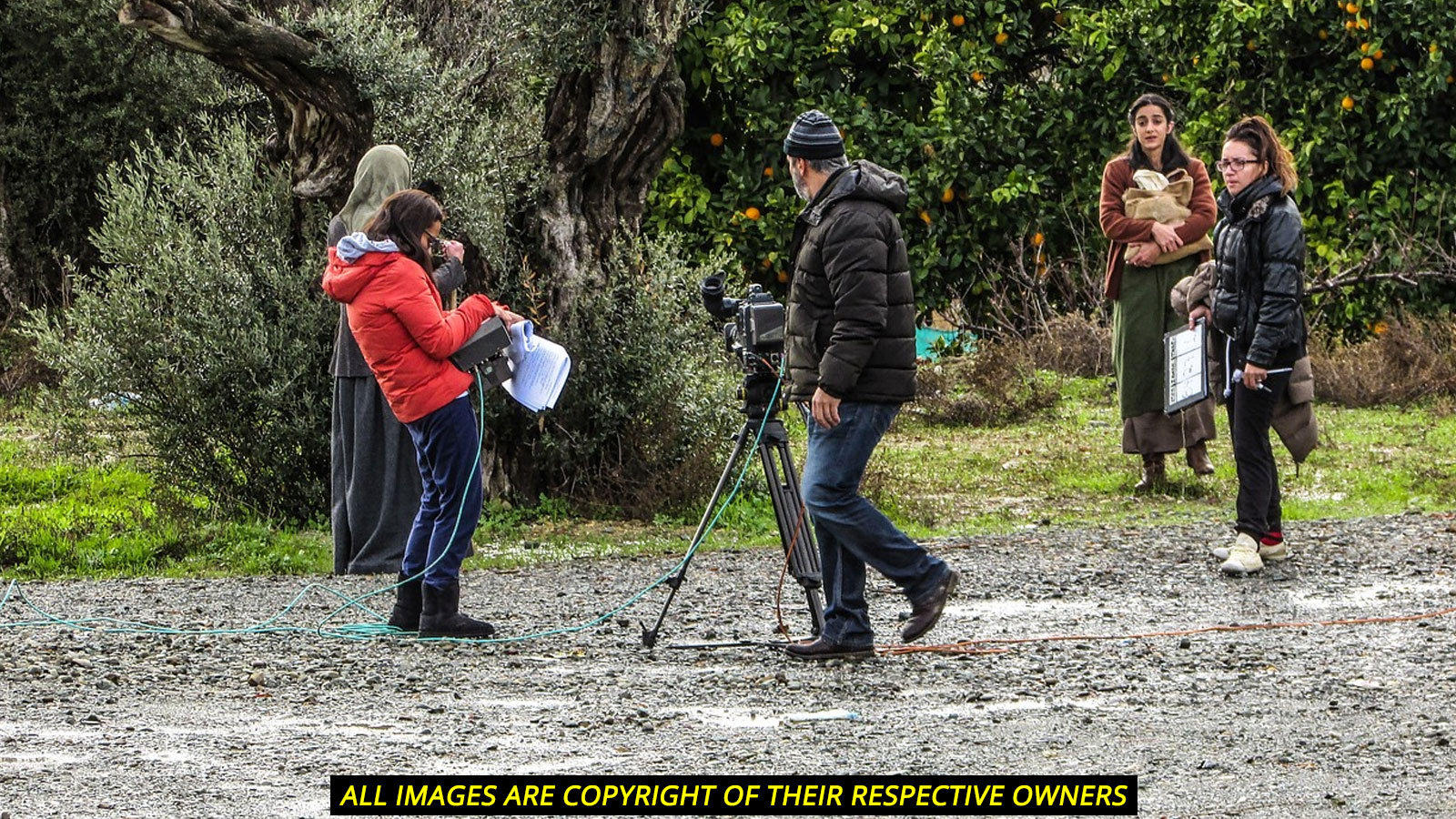
Complete process of making a feature film
Creating a feature film is a complex and multi-faceted endeavor that involves a wide range of creative, logistical, and technical processes. From the initial concept to the final cut, there are numerous steps involved in bringing a film to life. In this blog post, we’ll explore the complete process of making a feature film, from concept to distribution.


- Idea Generation: It all starts with an idea. Filmmakers brainstorm concepts, themes, and stories that they want to bring to the big screen.
- Scriptwriting: Once the idea takes shape, it’s turned into a script. This is the foundation of the film, outlining the dialogue, actions, and scenes.
2. Pre-Production:
- Funding: Raising funds for your film can be a challenging aspect. This could involve seeking investors, applying for grants, or crowdfunding.
- Casting: Finding the right actors to bring your characters to life is crucial. Auditions and casting directors play a vital role in this process.
- Location Scouting: Selecting suitable locations for shooting that match the script’s requirements.
- Crew Hiring: Building a team of skilled professionals, including a director, cinematographer, production designer, and more.
- Budgeting and Scheduling: Careful financial planning and scheduling are essential to ensure the project stays on track.


- Principal Photography: This is where the actual filming takes place. The crew works together to capture scenes according to the script.
- On-Set Challenges: Unforeseen challenges, like weather or technical issues, may arise during production. Problem-solving skills are crucial.
4. Post-Production:
- Editing: The raw footage is edited into a cohesive narrative. This is where the story truly comes together.
- Sound Design: Adding sound effects, music, and dialogue to enhance the film’s audio quality.
- Visual Effects: If your film requires special effects or CGI, this is where they are integrated.
- Color Correction: Adjusting the film’s color to achieve the desired visual aesthetic.
- Final Cut: The film is refined and finalized in the editing room.
5. Marketing and Distribution:
- Film Festivals: Many filmmakers submit their work to film festivals to gain exposure and recognition.
- Marketing and Promotion: Building anticipation for your film’s release is crucial. This includes creating a trailer, posters, and social media campaigns.
- Distribution: Choosing how and where to release your film, whether in theaters, on-demand platforms, or through traditional distribution.
6. Release and Premiere:
- Theatrical Release: If you opt for a theatrical release, your film will be screened in cinemas.
- Online Release: Streaming platforms offer an accessible way to reach a wide audience.
- Premiere: Hosting a premiere or screening event can generate buzz and media attention.
7. Post-Release:
- Audience Feedback: Collecting feedback and reviews from viewers can provide valuable insights for future projects.
- Box Office and Revenue: Tracking the financial success of your film.
- Awards and Recognition: Submitting your film for awards and accolades can boost its reputation.
8. Long-Term Promotion and Legacy:


- DVD/Blu-ray Release: Distributing physical copies for collectors and enthusiasts.
- Digital Sales and Rentals: Continuing to make your film available through various digital platforms.
- Legacy Building: A well-received film can become part of your legacy and open doors for future projects. The process of making a feature film is undoubtedly intricate and requires careful planning, dedication, and a collaborative effort from a team of professionals. Each stage, from initial concept to post-release, plays a crucial role in shaping the final product. Filmmaking is an art that combines creativity, technical expertise, and business acumen to produce captivating stories for audiences around the world.


